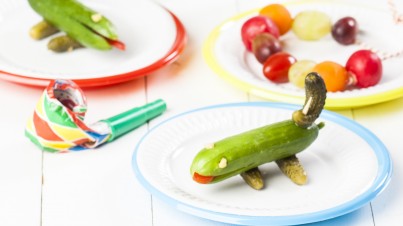Grapes are vine growing fruits belonging to the Vitis genus, and are produced in clusters. Predominently the fruit are characterised as either table or wine grapes, can be round to oval in shape, found with or without seeds and tend to be a variant of pale green or redish in colour.
Vines are cultivated large scale on trellises, all over the world, with 90 percent of the volume harvested destined for wine production. Wine grapes tend not to be eaten fresh, with table grapes prized for their sweet, juicy flesh and somewhat tartiness.
Throughout the globe, there are as many cultivated varieties as the regions they're grown in. The fruit are also used in various ways for the production of saltanas, currants, raisins, juices and jams. The seeds are even used in the extraction of oil. In some countries the leaves too are used to wrap various fillings.
In wine production, the fruit tend to have thicker skins, as this is where most of the flavour and colour comes
How to prepare
Pick off the grapes individually or put the whole bunch into a colander and give a good wash, then drain and serve. Grapes can be halved or used whole in salads, or put the whole bunch on a snacking plate. Grapes are a great snack for kids lunches.
Buyer's and storage guide
Grapes should be unblemished and fresh. Also check that the stems are fresh. It may be there are one or two off colour grapes, these can be discarded but the rest of the bunch will be ok.
Sometimes bunches are loose on the market shelf or they can be pre-packaged in a handy pick and go bag.
Grapes can be stored on the bench for 3-4 days, and in the refrigerator, can be kept for about a week. After washing, make sure any to be stored are dry.
Serving
- Add as part of a fruit salad, dressed with passionfruit, cheese and nuts
- Heat in a saucepan with some juice and sugar for a coulis, or use to make spreads and jams
- Use with pastry in a tart, flan or danish - when cooking, red seedless grapes tend to be best for their rich colour

